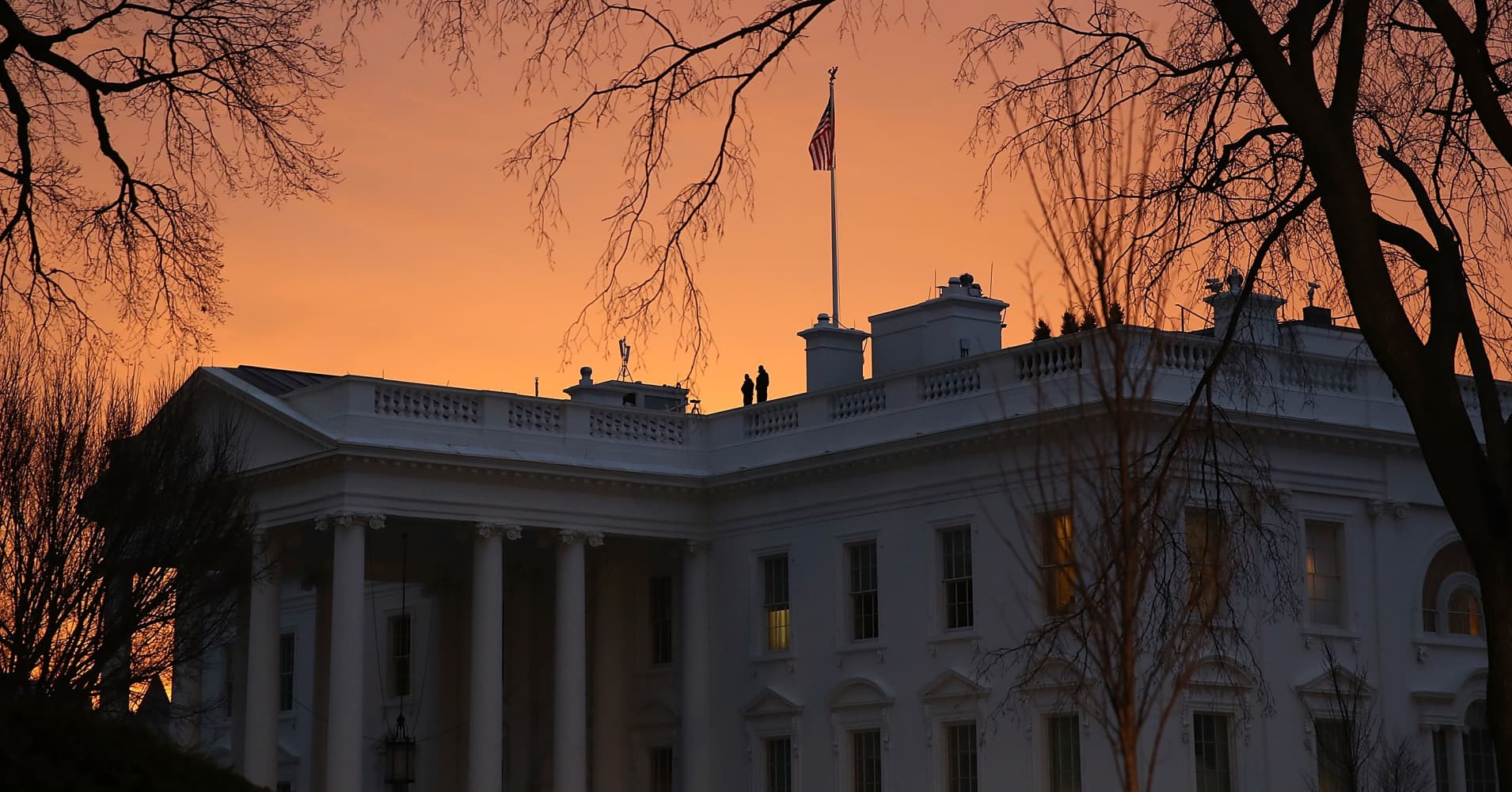 The post-election narrative (the one before Russian influence, anyway) is that Donald Trump came to the Rust Belt and spoke to concerns about deindustrialization in a way that really resonated with voters.
The post-election narrative (the one before Russian influence, anyway) is that Donald Trump came to the Rust Belt and spoke to concerns about deindustrialization in a way that really resonated with voters.
If there is even a nugget of truth to that narrative, Democrats should take heart. Though they lack power across the federal government and in the majority of statehouses, there is an unconventional way Democrats could gain a foothold in red-state America:
Come to the heartland, roll up your sleeves, and help build the Silicon Prairie.
I live in the Silicon Prairie—specifically in the suburbs of St. Louis, Missouri, one of America’s most troubled cities. But while we have our challenges, we also have one of the nation’s fastest growing startup communities.
In fact, across the Rust Belt multiple cities have made entrepreneurship a focus of civic renewal.
Even the poster child for American deindustrialization, Youngstown, Ohio, has gotten in on the act. I recently visited Youngstown and met with James Cossler, CEO of the Youngstown Business Incubator, who told me about the incubator’s strategy to make Youngstown a hub of advanced manufacturing.
The Rust Belt has significant challenges, but the picture of red-state America as a desperate, jobless, rusted-out, opioid-addicted hellhole is wrong. There are good things happening here—just not for the Democratic Party, which has seen its presence shrink and nearly disappear in recent decades.
That wasn’t always the case, and you don’t have to go all the way back to FDR to see an electoral map with a lot of blue in the middle. As recently as 1996, Democrats won Missouri, Arkansas, Louisiana, Kentucky, and Tennessee—states not won by a Democrat since. But you can’t change electoral math by turning back the clock, and this past election tells us there isn’t a lot of enthusiasm for Clintonian centrism.
Instead, Democrats can begin to change the math by building partnerships with local leaders who are already changing these communities.
And it could start with a bold, unconventional choice by a historically popular ex-President.
This past June President Obama told Bloomberg he might want to enter venture capital, saying, “The conversations I have with Silicon Valley and with venture capital pull together my interests in science and organization in a way I find really satisfying. ”
What if, instead of heading to Silicon Valley, Obama came to St. Louis, or Columbus, or Pittsburgh? Would he find a hostile community greeting his arrival with burning effigies?
No.
He would find communities of entrepreneurs who don’t have the resources Silicon Valley does—resources that, frankly, will be there whether or not President Obama ever goes to the Bay Area. He would also find red-state voters who share the values he so eloquently talks about, yet view Democrats as an alien species who stop by only every four years, if at all.
If Barack Obama leveraged his influence and platform to help the entrepreneurs of red-state America shape their own destiny—and by extension the destinies of the communities they call home—it would help change the way this part of the country perceives the Democratic Party.
Forgoing some of the money he would make as a Silicon Valley venture capitalist for the enormous influence he would have as a Silicon Prairie venture capitalist could help reshape the electoral map. That might seem idealistic, but it’s no less idealistic than an African-American with the middle name “Hussein” winning the White House in part because of his appeal to white people in Iowa.
But turning red-state America blue will require more than just the talent, time, and money of one popular ex-President.
It will require identifying successful local initiatives, like the St. Louis startup community or the Youngstown Business Incubator, and figuring out what prominent Democrats—both politicians and non-politicians—can do to support and partner with local leaders who are already making good things happen.
Our next economic miracle won’t come from Donald Trump’s Twitter feed.
But it might come from the aspiring entrepreneurs—many of whom come from underserved populations—who spend their Tuesday nights learning how to code in the incubator my wife manages here in St. Charles, Missouri. Or it might come from former steelworkers now learning cutting edge manufacturing techniques in Youngstown, Ohio.
If Democrats help empower those innovators, it will go a long way toward changing the perception that liberals don’t care about what happens here in the middle of the country.
An ex-President helping to rebuild his party by becoming a venture capitalist in the Rust Belt might sound crazy.
Just as crazy as an abrasive ex-reality TV star turned Republican carving a path to the White House through Michigan and Pennsylvania.






